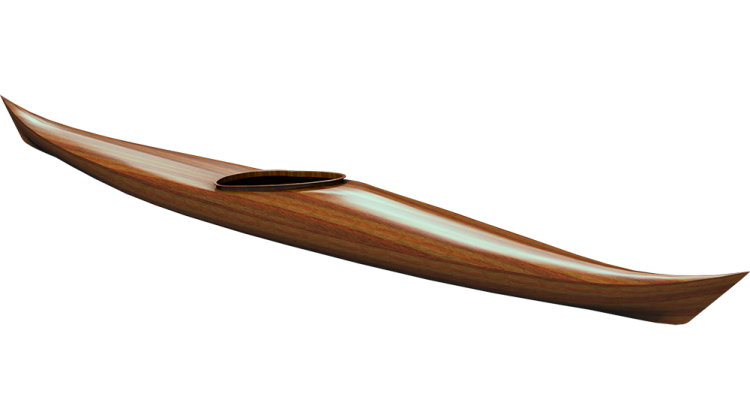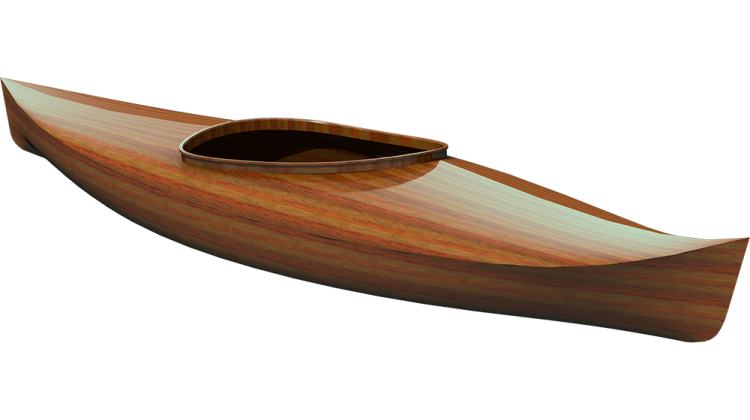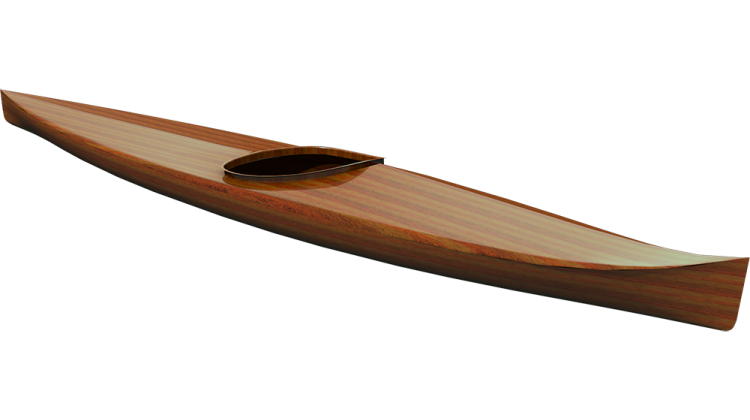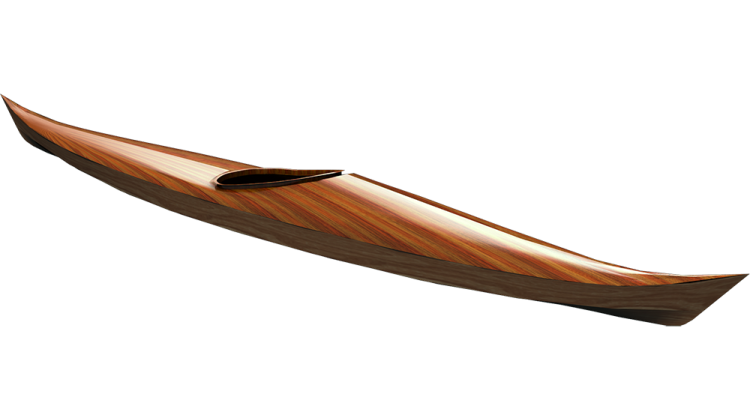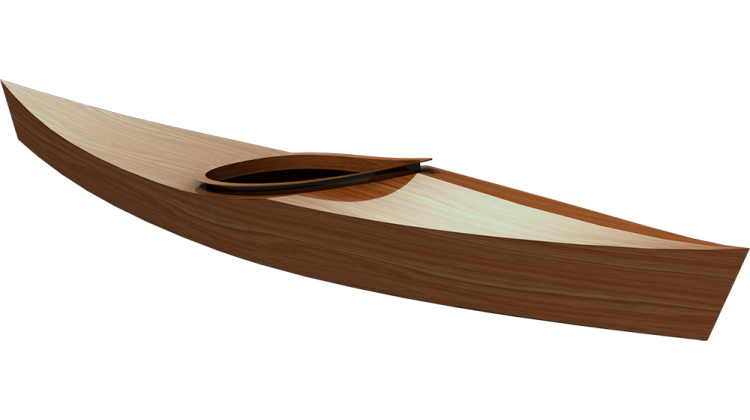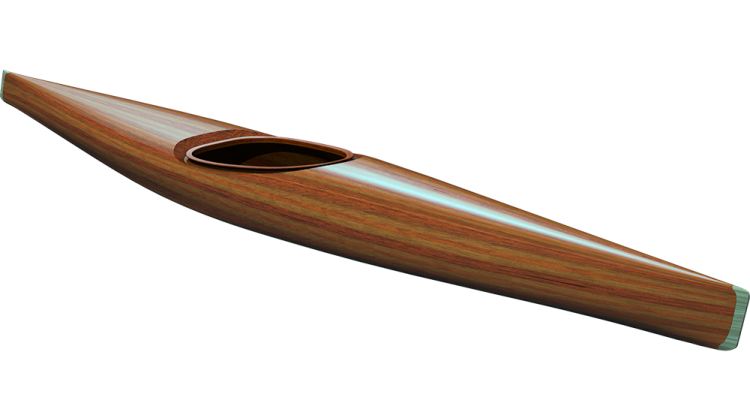- Image

Read any FaceBook group or Reddit subreddit that is devoted to kayaking or canoeing, you will inevitably come across a discussion about wearing a life jacket (aka PFD (Personal Flotation Device) or BA (Buoyancy Aid)) at some point. Often someone will post a picture from a paddling trip or something and the person in the picture isn't wearing a lifejacket. Some safety Nazi will point out that it is really grossly irresponsible to model such unsafe behavior in such a public space.
I don't know that these attempts to police proper conduct do anything to actually make anyone safer. They usually just start an argument about what constitutes responsible behavior and really that is probably a personal decision and really depends a lot on specific circumstances of a given situation. Something that is patently unsafe in one situation may be extremely low risk at another time. Skinny dipping in your backyard pool is not the same as swimming naked in the Amazon after seeing piranha in the water. It may not be obvious from a photo which situation we are observing.
You may see similar discussion focusing on dry suits, paddling solo, carrying spare paddles, knowing how to do a roll, or any number of similar situation that can be related to safety in one form or another. It really doesn't matter what the safe/unsafe behavior we are discussing, but the arguments typically revolve about the conditions in which the activity is happening.
I live up a river from a popular state park. Every year there is a beautiful warm day in early spring that coaxes folks out on to the water for a nice kayak paddle. It is great to see people out on the water enjoying a beautiful day, but more often than not, they aren't wearing a life jacket. If one should query them as to why they don't bother they will answer something like "They are uncomfortable." and "I'm not going in the water".
In the state of Connecticut, where I live, it is technically the law that kayakers are required to wear PFDs from October through May, but that is really beside the point.
Why Do We Use Safety Gear?
I’ve been paddling for over 45 years, year around, in all conditions, often alone, frequently with other strong, capable paddlers. I always wear a life jacket.
I don’t wear it because of any law or rule. I wear it because accidents happen. I don’t put it on when I think something will go wrong, I wear it all the time because I don’t know when something might go wrong.
In all the years I have been wearing a life jacket it has never once remotely contributed to saving my life or even made a rescue particularly easier.
Wearing a life jacket for me is super easy. It does not detract from my time on the water. I put it on and go. Between launch, lunch, and landing I basically forget it is on, unless I want something out of one of the pockets. There may be a couple days of the year when I notice my rash-guard is wet from sweat at the end of the day, but that is about the some total of it’s inconvenience.
Wearing a life jacket is a personal choice. We all have a right to gauge our own level of risk, but debating whether it is needed due to the conditions at the time you launch is not the point, it is for those situations that you failed to anticipate.
Life jackets are there for when I mess up, make a mistake, have an accident, have a lapse in judgment. It could be a sudden change in weather, a misplaced paddle stroke or a heart attack. I wear it for the unexpected. I wear mine because I know I am fallible and it is so easy to wear that I don’t see a point in not wearing it.
Sometimes The Unexpected Happens
The role of safety gear is to help us get out of trouble when bad stuff happens. Bad stuff doesn't always happen on a schedule. Sure, there are times when we go out on the water when we think there is a pretty good chance that we might capsize. Playing in big surf, you really need to expect to get your head wet. It is easy to make the choice to wear a life jacket when you know you are going to do something risky. If it is below freezing and the wind is blowing, wearing a dry suit is a no-brainer. But the times I have been glad to be wearing a helmet have almost always happened after I got out of my kayak and was walking around on shore. Rocks can be slippery. Who knew?
Accidents and mistakes happen. Lets look at the definition of Accident and Mistake:
Accident \Ac"ci*dent\, n.
An event that takes place without one's foresight or expectation; an undesigned, sudden, and unexpected event; chance; contingency; often, an undesigned and unforeseen occurrence of an afflictive or unfortunate character.
Mistake \Mis*take"\, v. i.
To err in knowledge, perception, opinion, or judgment; to
commit an unintentional error.
An accident happens when you didn't expect it to, and a mistake is also unintentional. So, why do we justify not taking some safety precaution by saying that situation that require the piece of equipment isn't in our plan for the day? Nobody plans on getting separated from their kayak with no help around, yet it might happen.
If the weather is nice and the water is warm, you probably don't need a dry suit, and with good judgment and care, you never really NEED a dry suit. But, the question becomes at what point does a certain piece of safety equipment make sense. This doesn't necessarily correlate directly to the weather or sea state, it has a lot to do with the consequences of a failure of judgment or some unexpected occurrence.
If you capsize and come out of your kayak but can stand up, walk to shore, go inside, have a warm shower and a hot toddy, maybe a life jacket isn't as important as when you are far from civilization and your ability to recover to a comfortable state is inhibited by conditions.
This past week we had a bit of storm surge in the river I live next to. My dock got lifted up on its pilings and didn't drop back down when the water receeded. I put my canoe in to give the dock a nudge. I was never going to be more than 1 foot from my dock and the water there was less than 3 feet deep. I put on my life jacket.
I didn't expect to need it, but the dock is very heavy and it was 2 feet in the air. I was going to do something that was intended to move that weight down those few feet quickly. The dock could have clipped my canoe, and tossed me into the water violently. I didn't want that to happen and was doing everything I could to avoid that scenario, but there was the chance of an ugly situation, so I wore my PFD.
Judgment
We all need to make judgement calls on issues of safety all the time. Driving to the launch is loaded with potentially unsafe events that are beyond our control. Going out on the water in a small boat is inherently risky. There is no "Safe" way to kayak. But, we go anyway. Every time we go out we need to decide if it is a good day to go, we need to decide what precautions to take. Looking at the conditions is important, figuring out what we expect to happen is crucial, but then we need to acknowledge that accidents happen and sometimes we make mistakes. We need to decide what the consequenses of those mistakes might be and what level of preparedness we should take for the situation and weigh those risks against any downsides from being prepared.
Safety is not free. A Coast Guard escort at all times may be safer, but doesn't necessarily fit into the experience we are seeking. Wearing a life jacket may not project the image you prefer, but it sure makes floating easier.
Our judgment needs to include the understanding that sometimes we fail to anticipate everything, that we are not perfect, sometimes we are just plain stupid, and that nature is full of surprises. Our goal is to get back to the launch thinking that all our worrying was a waste of time.


